Sloping block home designs shouldn’t come with compromise.
Often seen as a challenge and more expensive to build, designing your dream home for a sloping block of land does come with hurdles, but there is also a lot to gain once your home is completed.
When designing and building on a sloping block, the primary consideration will be how to make your living zones comfortable without too many split levels or steps. This can be a challenge - especially if your home builder isn't familiar with sloping home designs or if they don't have flexibility with their range of homes.
Building on a slope requires intensive site planning and design consideration and as sloping block builders, we are here to help you understand how to make a sloping block home design work for you.
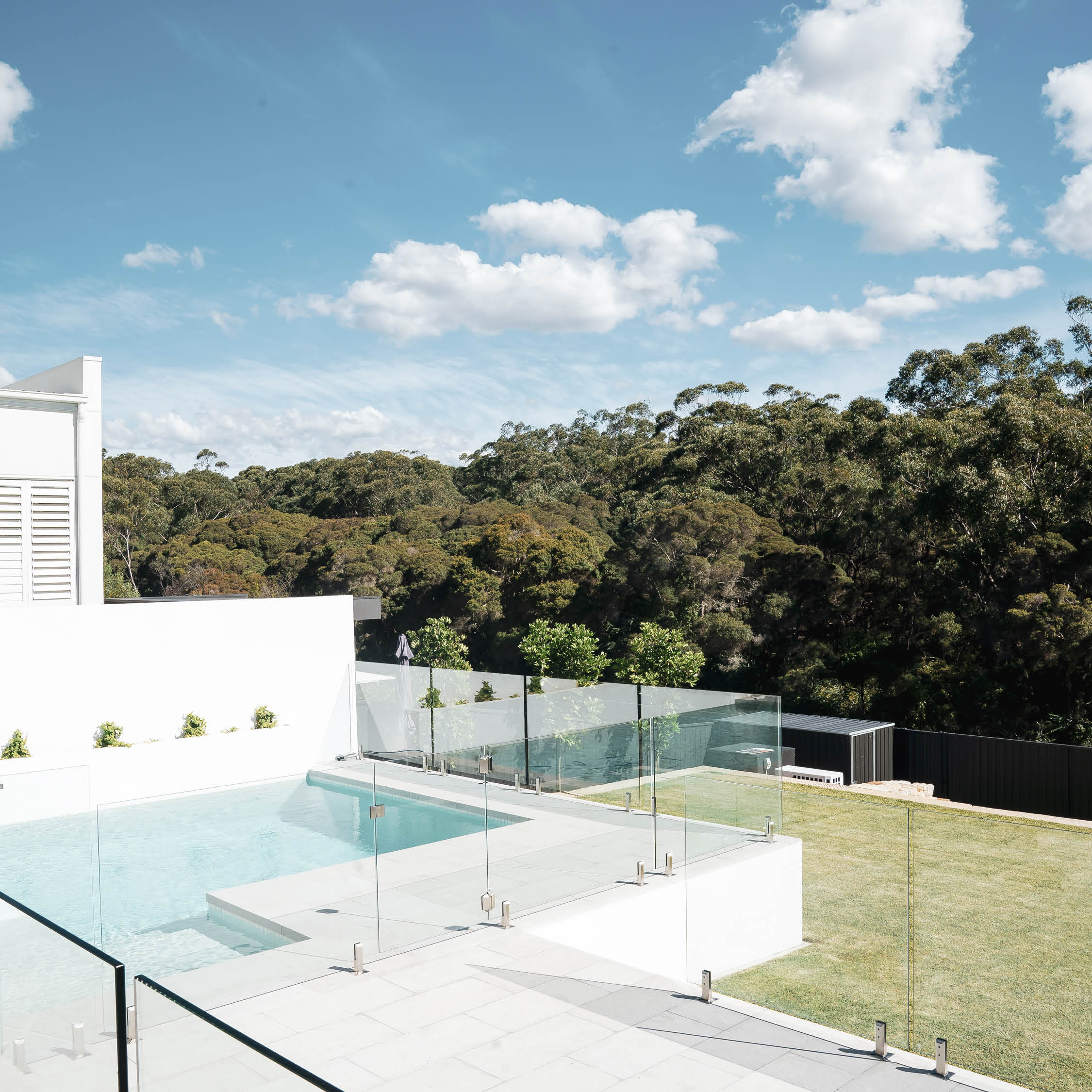
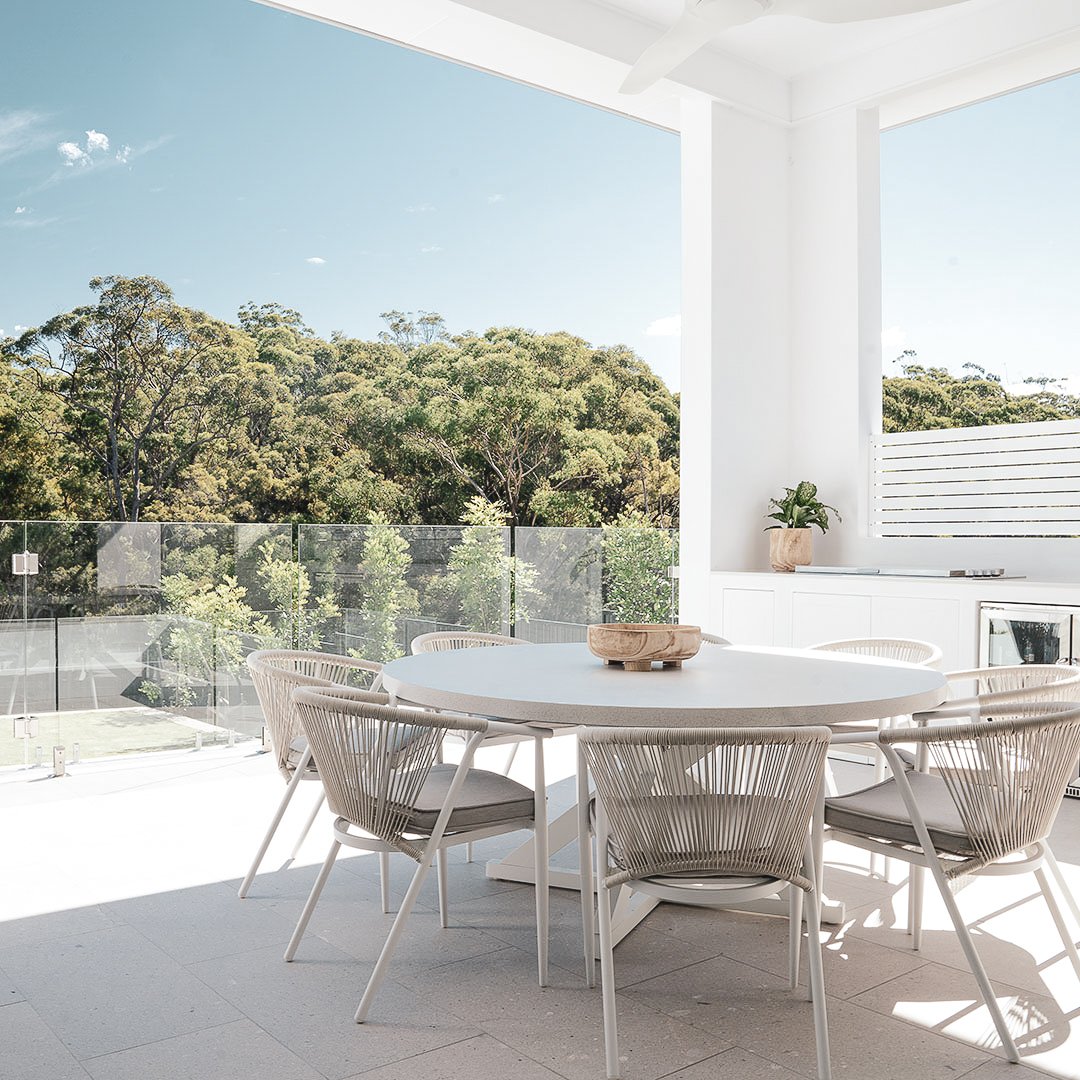
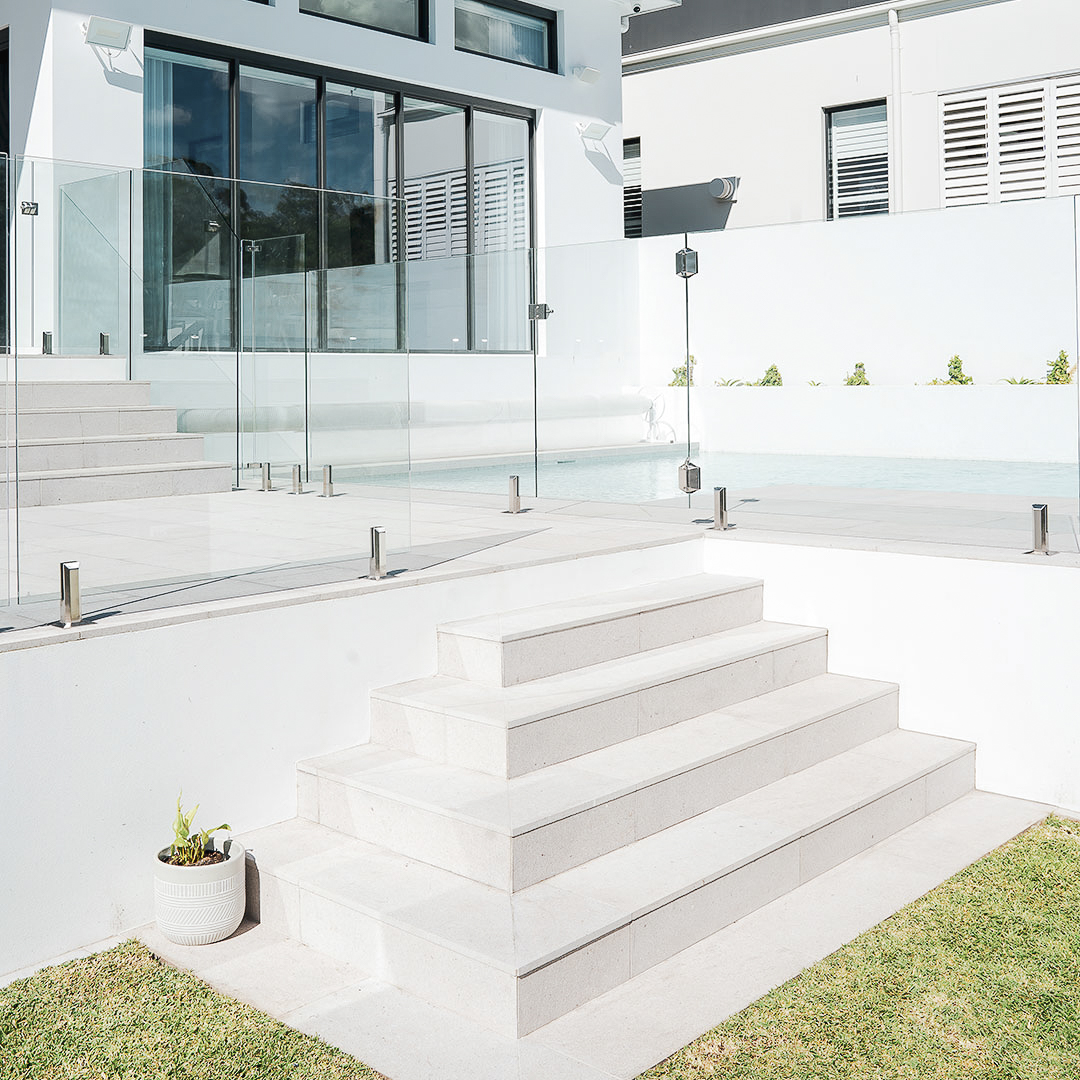
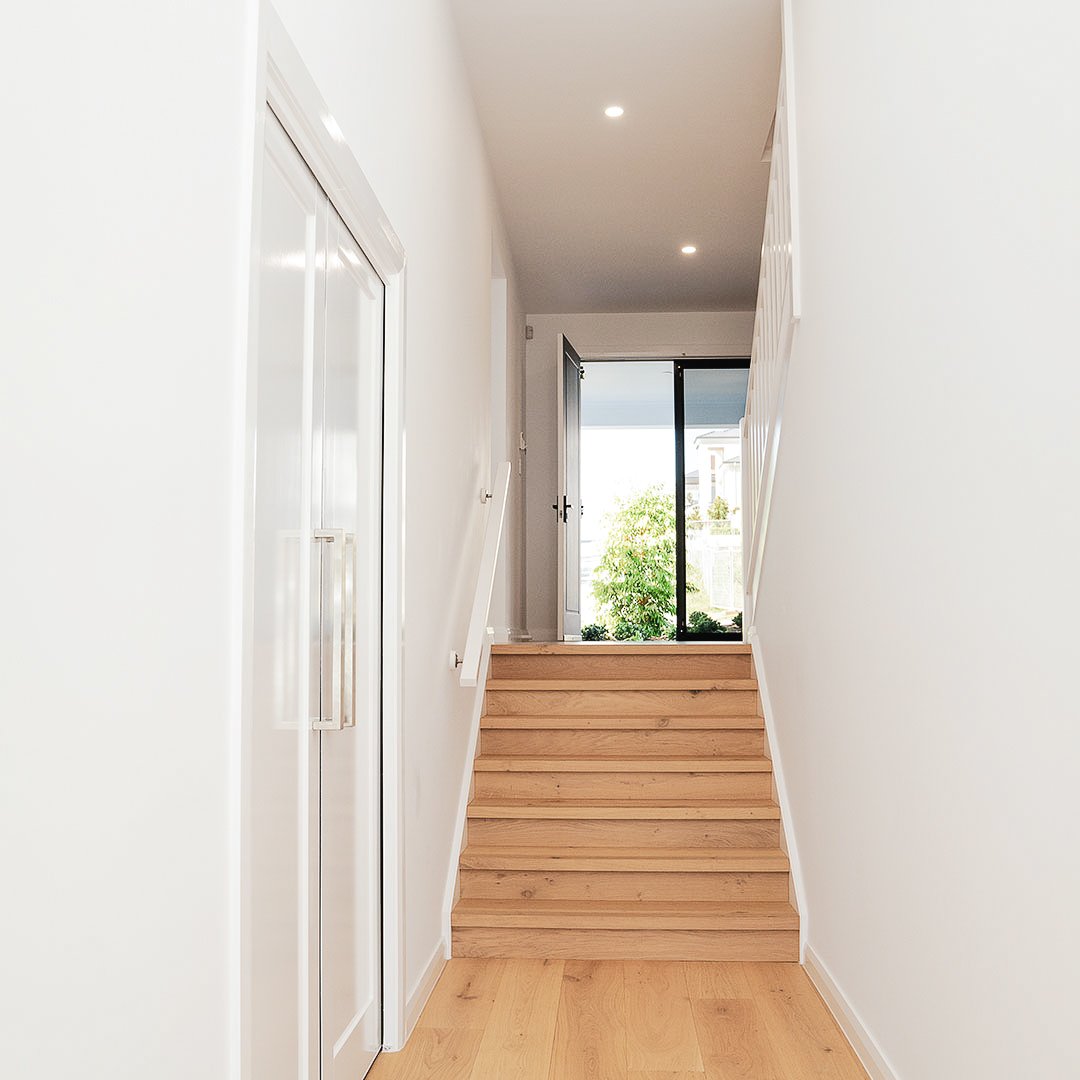
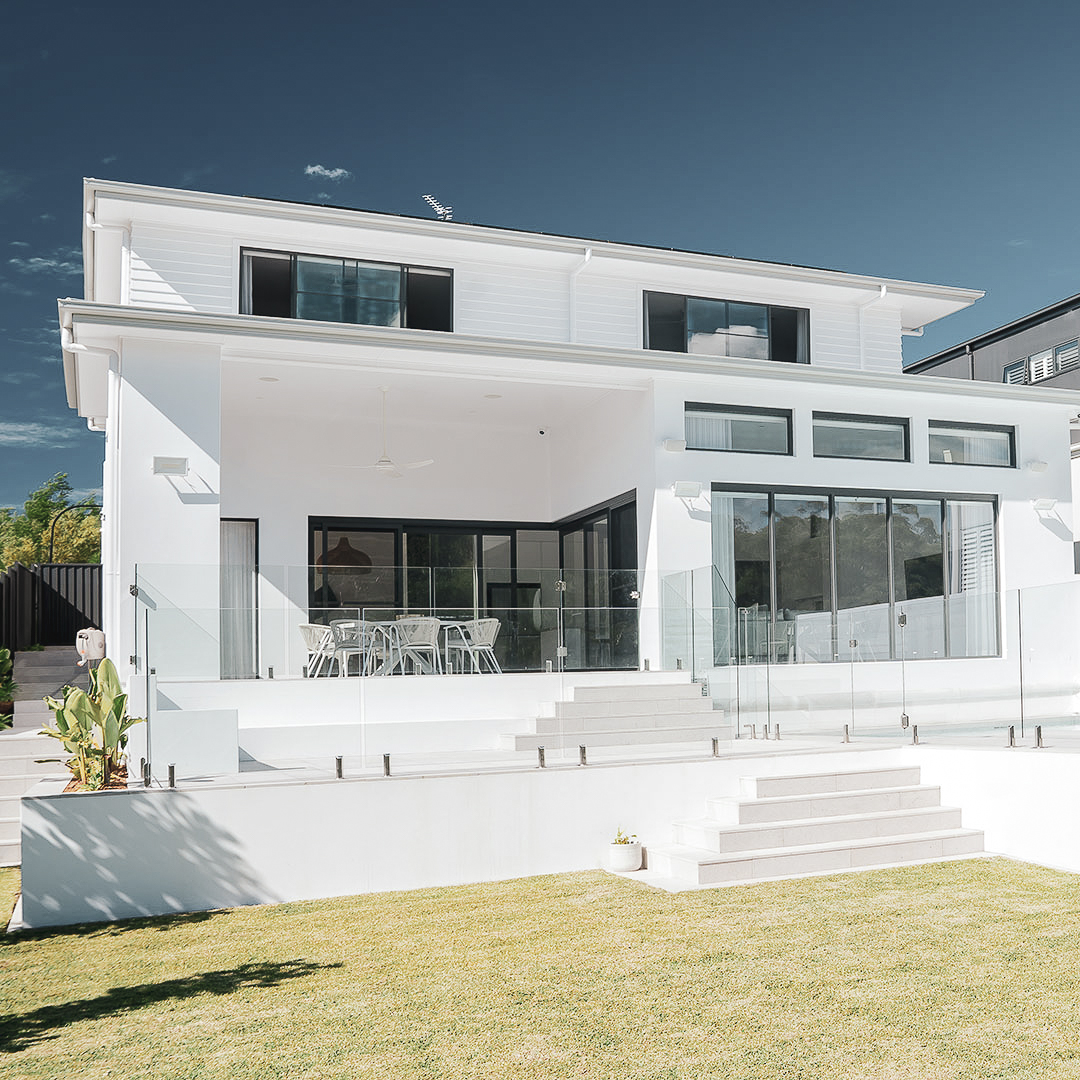
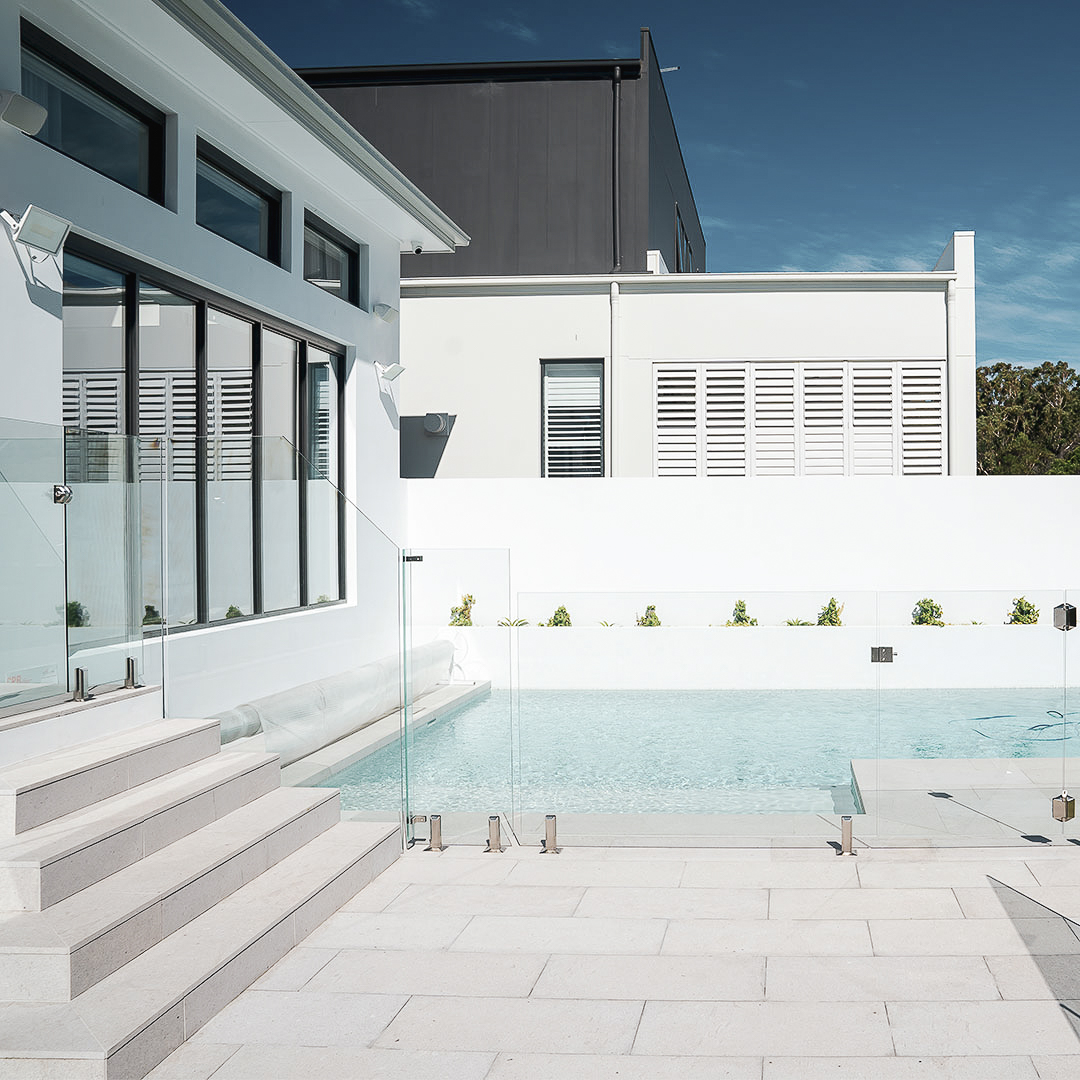
Types of sloping sites
A sloping block is when the land has uneven elevations and as a result the land slopes from one end to the other. See below some of the common sloping sites.
Side sloping blocks
Land slopes from left to right or right to left (Side slope) – here the front of your home will be on different levels typically with your garage at the lower level.
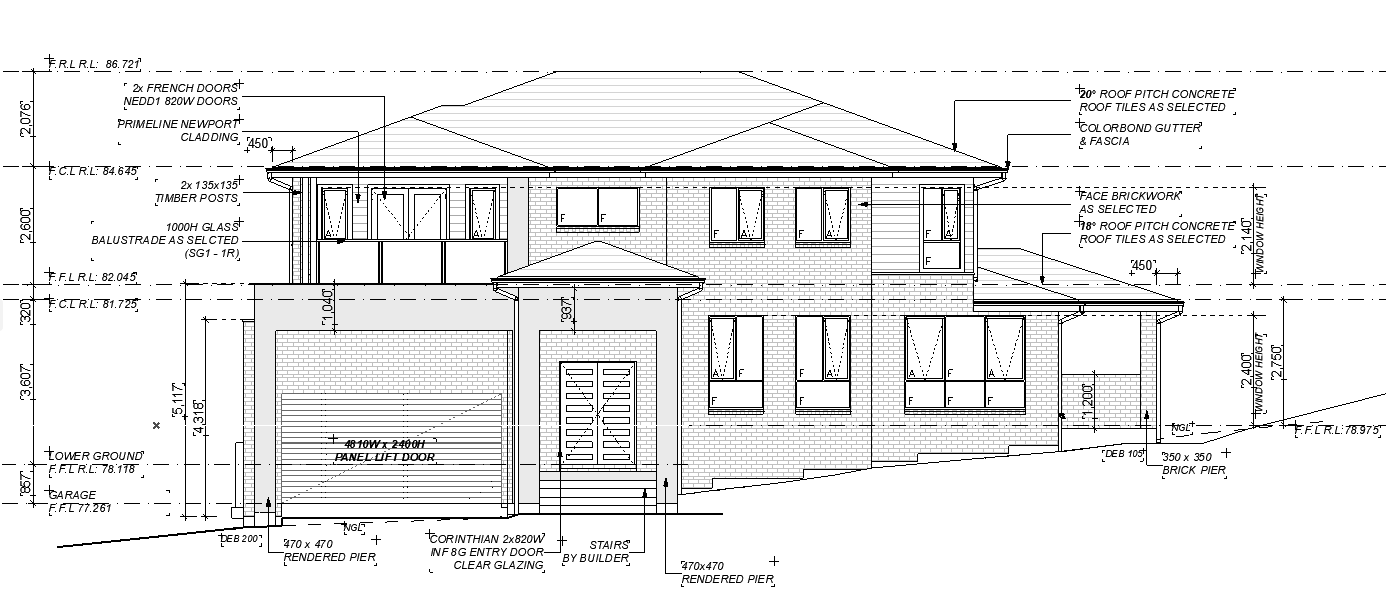
Sloping to rear (Split level home design)
The land slopes down from the road (sloping to the rear) – here you will enter the home at the highest level with the entertaining area of the house having increased ceiling heights at the rear of the home. These are often referred to as a split level home design.
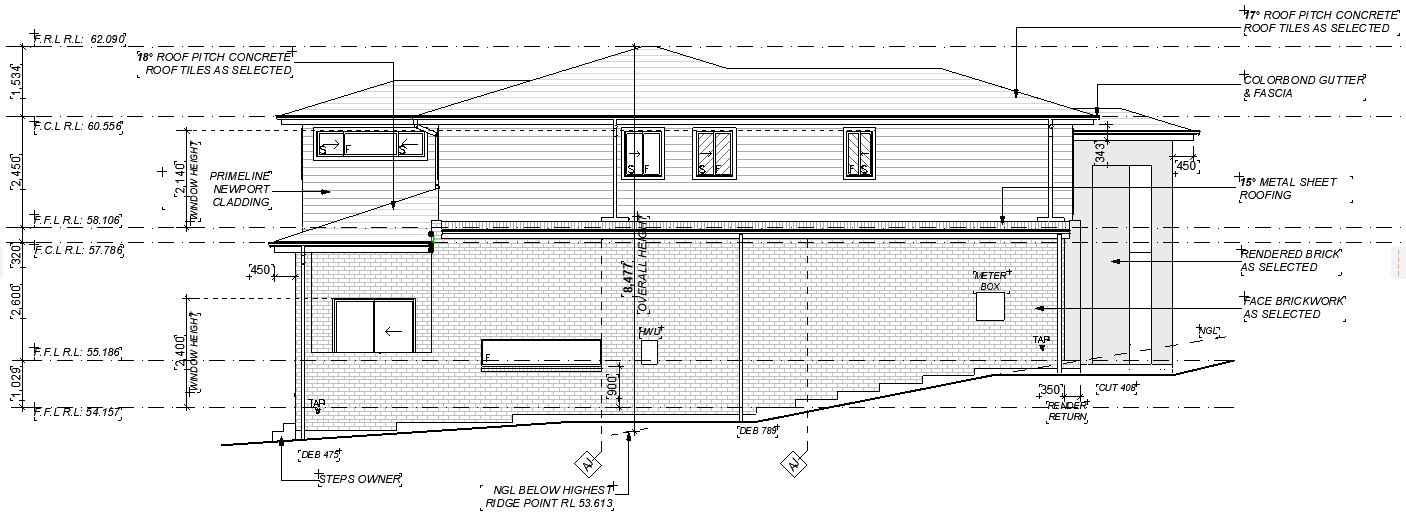
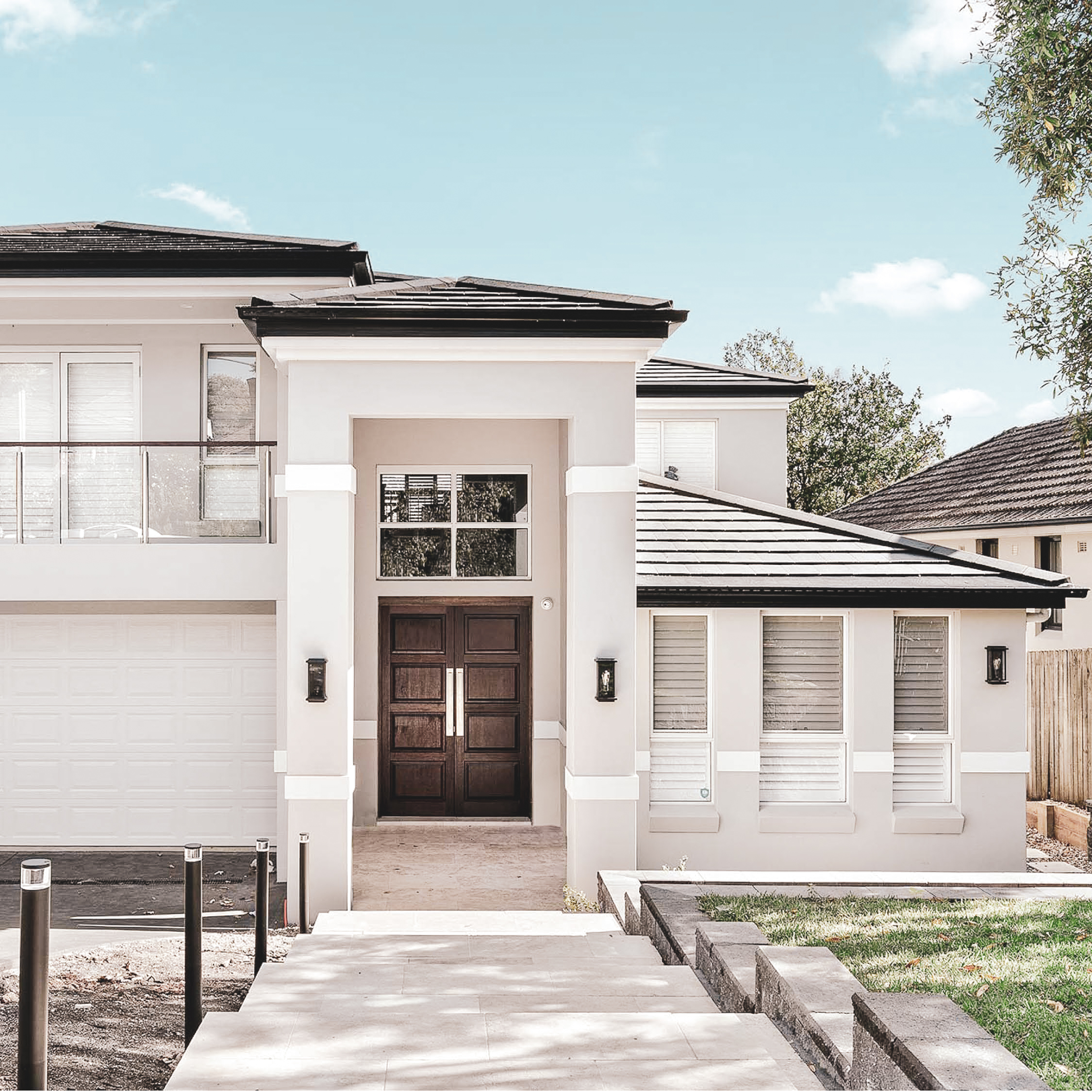
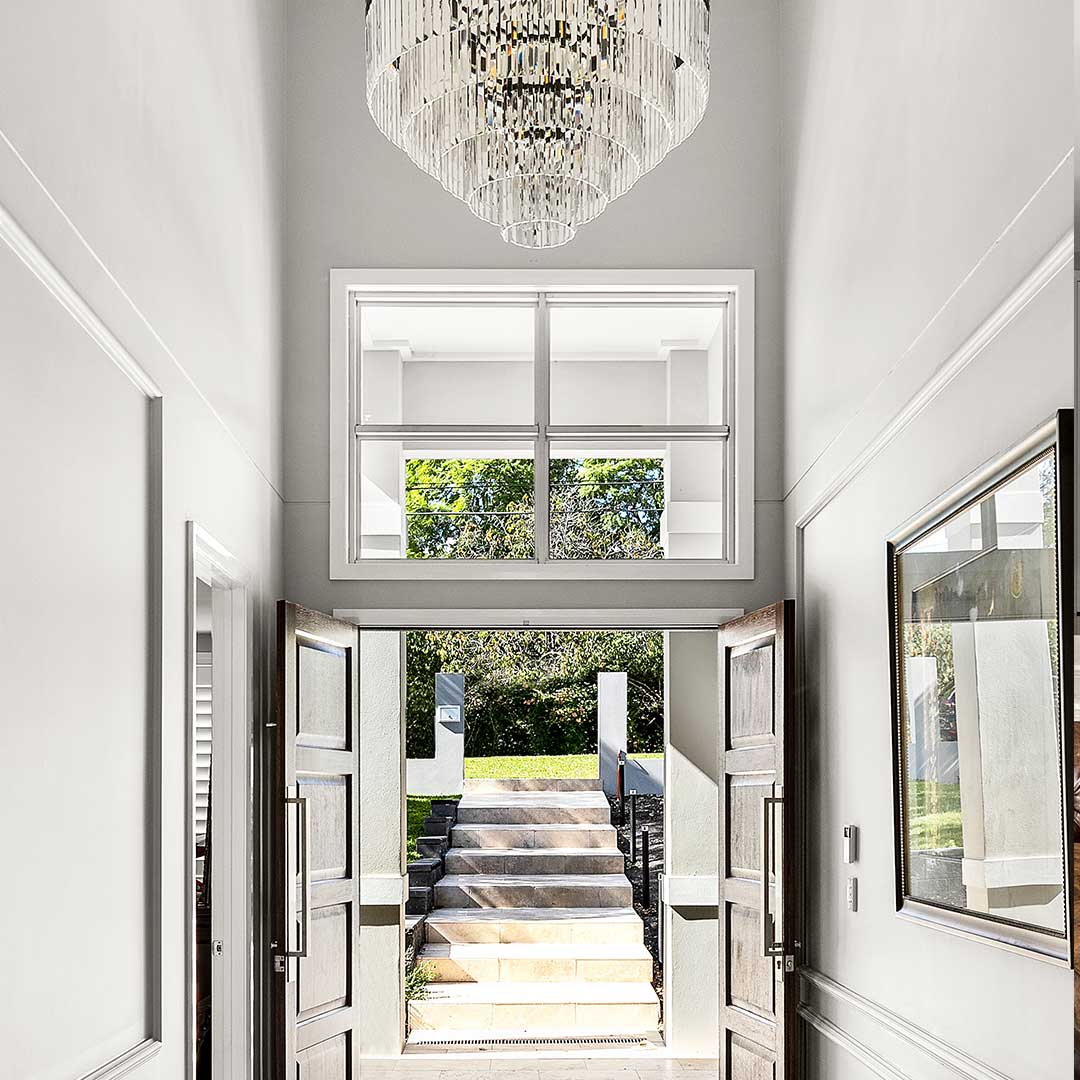
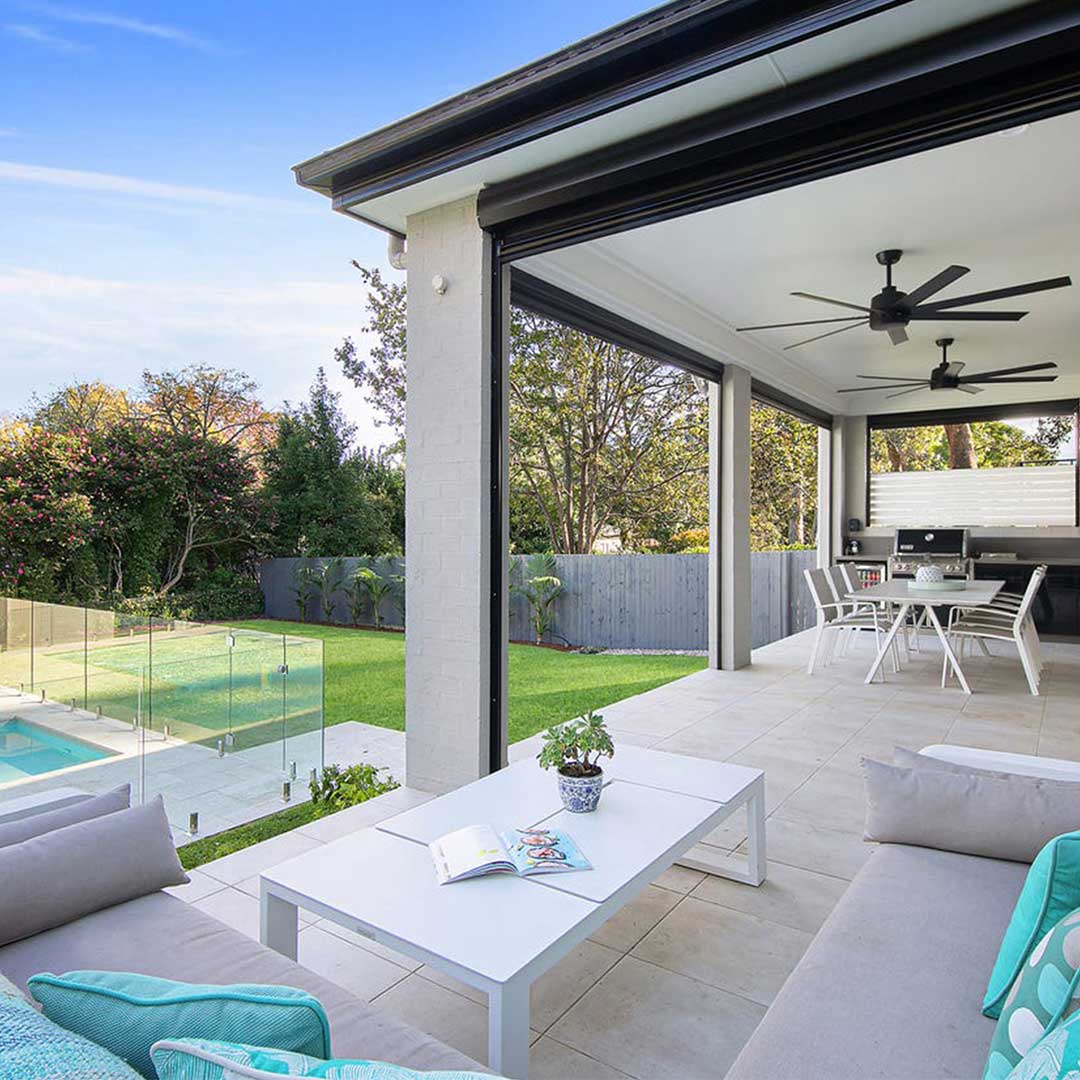
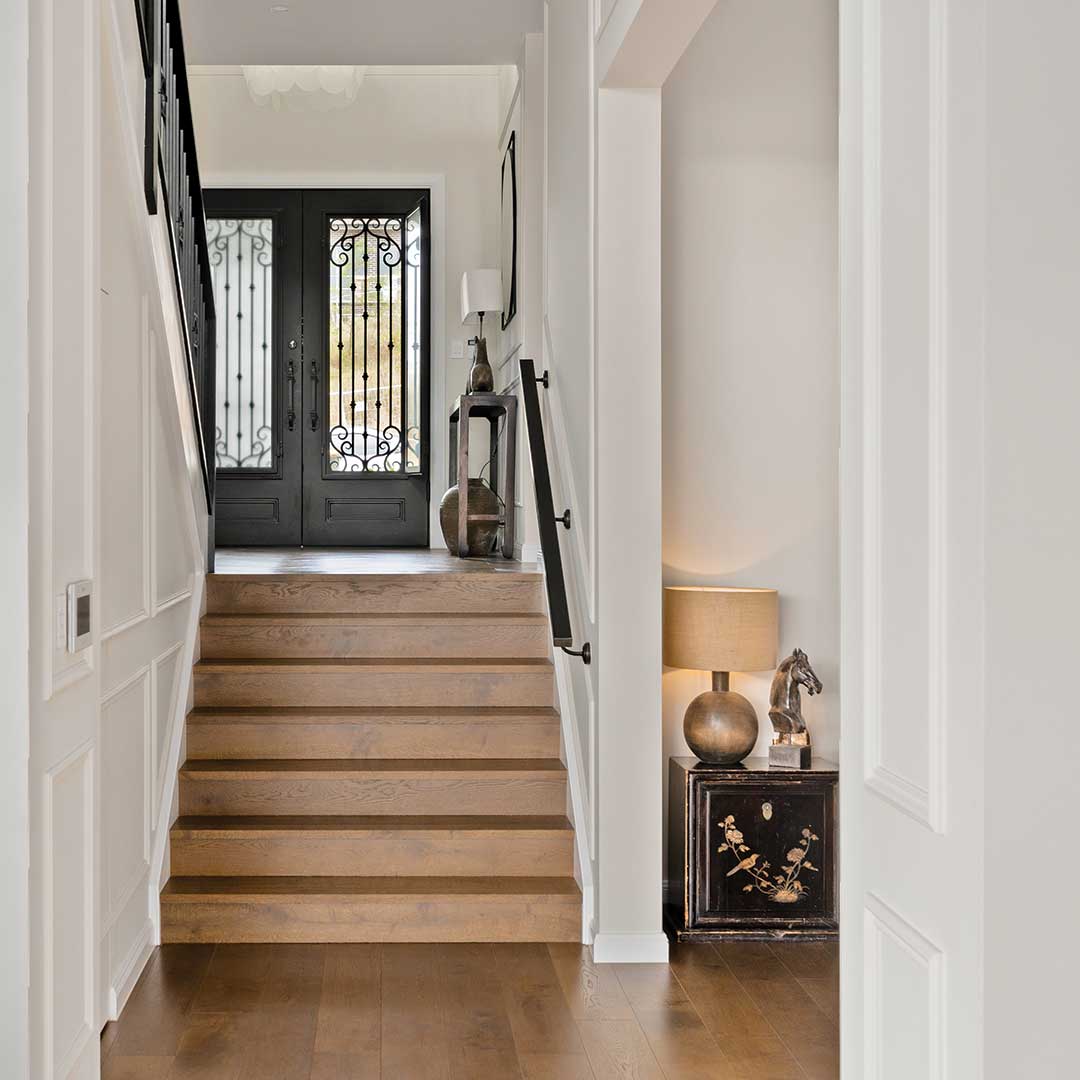
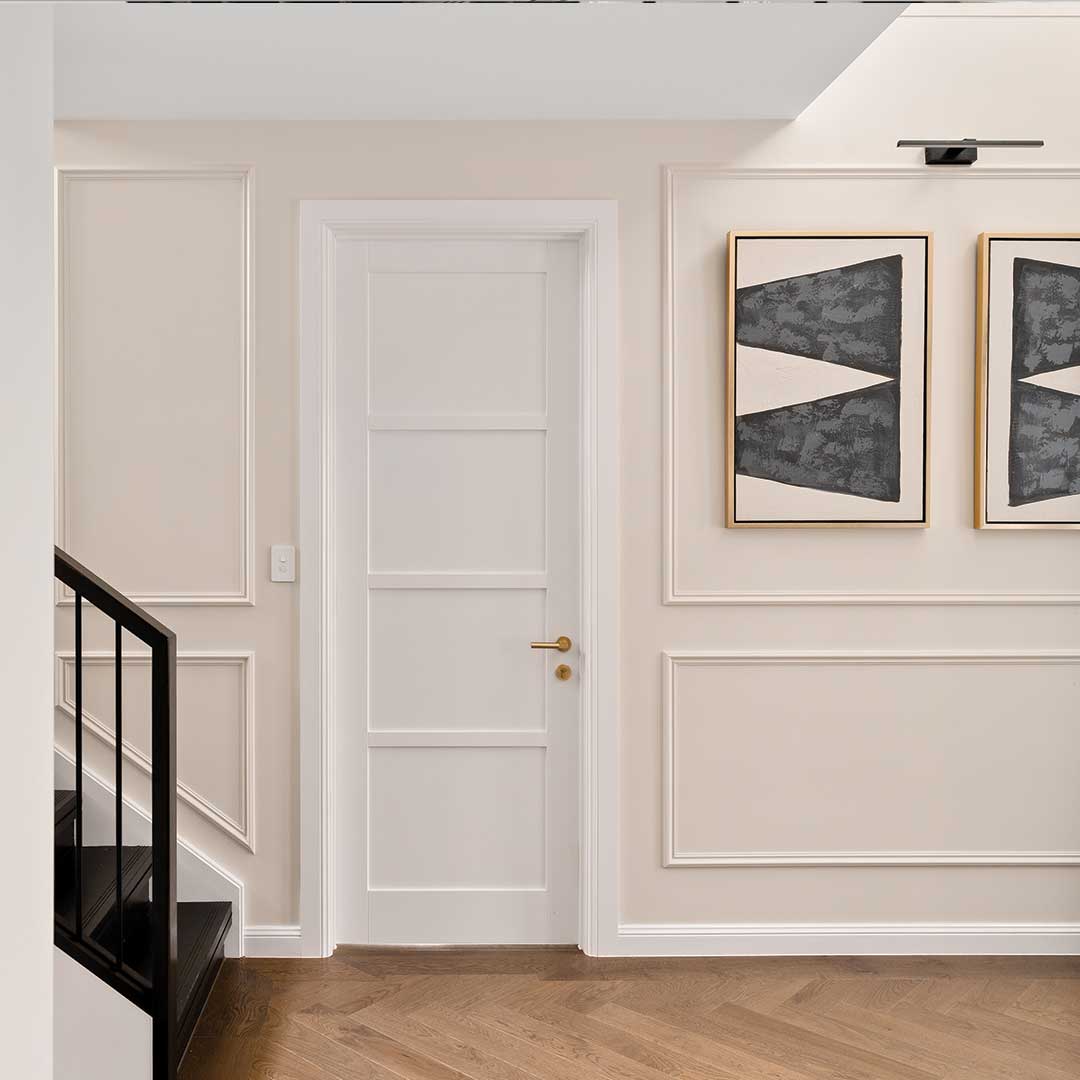
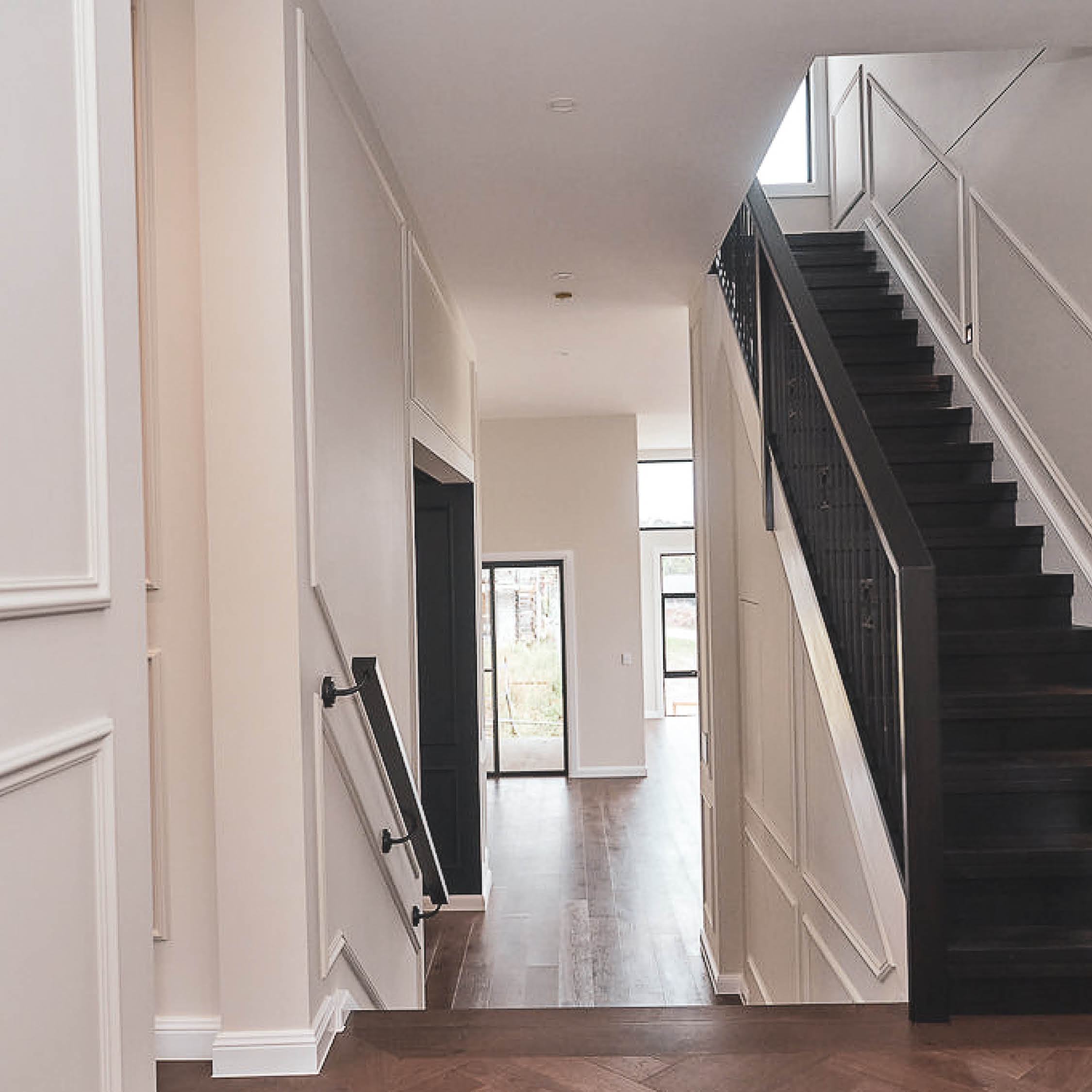
Sloping to front (Split level home design)
The land slopes away from the road (sloping to the front) – here you will enter the home at the lowest level with a grand entrance with high ceilings. This type of split level home design often changes levels between living zones.
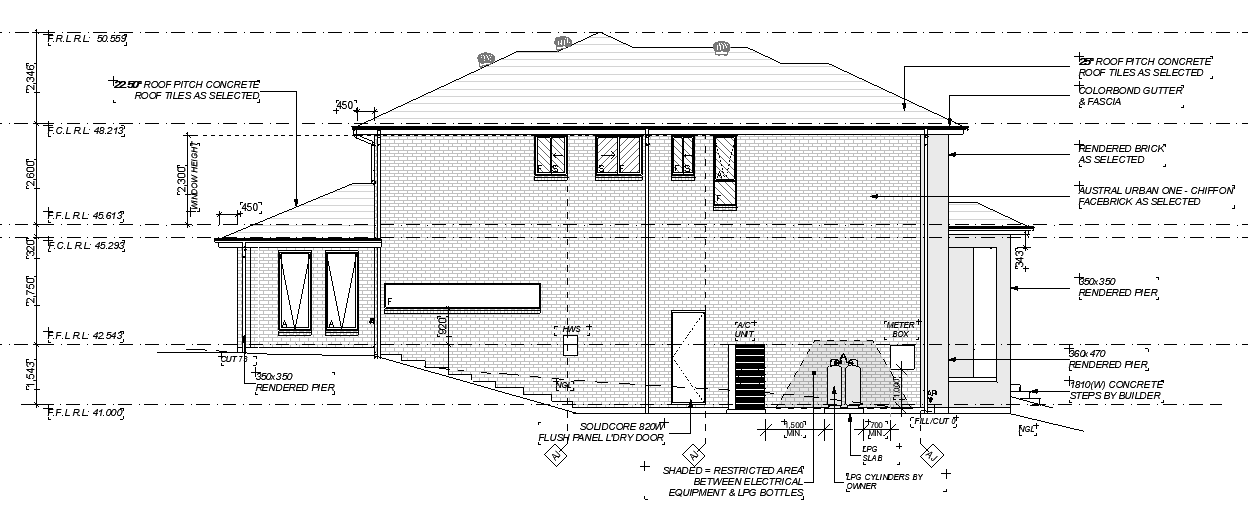
Advantages for building on a slope
-
In some cases a level design home can't utilise as many architecturally designed features as sloping or split level designs.
-
Consider the orientation of your home. You could potentially flip your design and locate your living areas upstairs to make the most of extensive views
-
Create stunning high ceiling areas to the entrance of the house or the rear main living areas dependant on the direction of the slope
-
Practical high ceilings to the garage for land sloping to the front, potentially allowing for a mezzanine storage level to be created
Considerations when building on a slope
-
Design – a good design should have minimal excavations, attractive retaining walls and no ongoing stormwater or maintenance problems
-
Stormwater retention - the catchment of stormwater. This is a requirement that council will establish based on the mass of the building vs. the size and slope of the land. This could be in the form of a rainwater tank, stormwater detention pits, rainwater garden or absorption trenches
-
Degree of slope - this will heavily determine the design of home you can build
-
Solar orientation
-
Best vantage for views
Additional costs when building on a sloping block
A sloping block will cost more to build on and also landscape. As sloping block builders, we highly recommend a discussion with us to understand the cost implications of the block before you purchase it.
-
Earthworks: The cost of excavation works on your site to address the slope on your land
-
Import or export of soil: When building on a sloping site there will be uneven amounts of cut and fill leading to the need of either bringing in clean fill or removing soil
-
External drop edge beams: The external vertical slab required to retain fill and create a level platform
-
Internal stepdowns of the slab: The internal vertical slab required to retain fill and create a level platform
-
Balustrade to porch or alfresco for safety requirements: On a raised platform often balustrade will be required to meet safety regulations
-
Removal of rock: On a sloping block cutting into the site is typically required which can potentially lead to the need to remove low lying rock.
-
Retaining walls: Retaining walls are typically required on a site with slope where excavation is required close to the external boundaries
-
Stormwater and landscaping
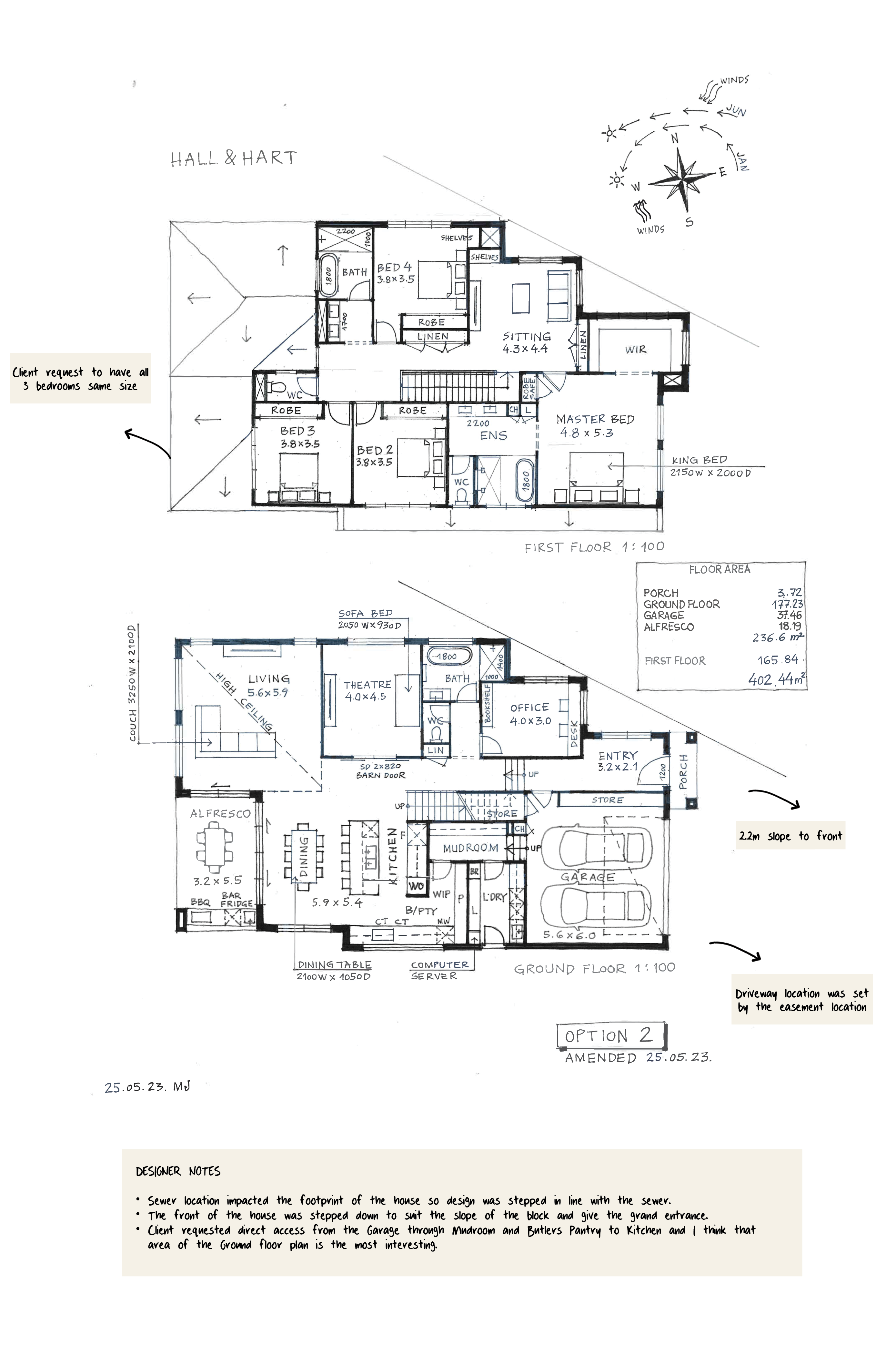
What degree of slope is too steep to build on?
Generally a rise or fall of three metres or less across the building area is manageable for most builders. Less than 10% incline is considered slight and is the easiest to build on, while 11-15% is considered moderate. Anything above 15% is deemed steep. Beyond about 15%, costs begin to increase significantly as the risks become greater and the work becomes more difficult.
What kind of home designs for sloping blocks are best?
At Hall & Hart we understand that sloping blocks & authority controls (CDC or Council) will determine a direction for design. This is why we have a robust compliance process to understand your site conditions, authority requirements & most importantly your needs & wants before partnering with our in house design team to achieve the best possible outcome for you.
Our comprehensive library of home designs cater for sloping blocks falling from left to right, front to back or vice-versa, even if your block slopes 3000 millimetres or 3.0 metres from front to back or 2500 millimetres or 2.5 metres from side to side.
Typically when thinking about the design of your home, if you have land that slopes from front to rear or vice versa it is beneficial to utilise the full width of the property. We can help design a split level home design by designing level changes between living zones. This can assist in building a shorter plan reducing the height difference from front to back.
With any sloping land, the temptation is to create some sort of level ground on which construction can begin, this may mean cutting the land. Cut and fill describes the movement of soil over your block as required to provide a level platform to construct your new home on. Dependant on the council area you are building in there will be limitations to the amount of cut and fill that can be undertaken. You may also be restricted by driveway gradients limiting the amount or cut that can be implemented.
The direction and steepness of the slope
The new level that your home will be built on because of the cut and fill required on your land. This may be one level slab or 2-4 varying height level platforms of the slab
Retaining walls are used for supporting soil laterally so that it can be retained at different levels around the external perimeters of the dwelling. Retaining walls are structures designed to restrain soil to a slope that it would not naturally keep to.
A hydraulic plan should be prepared by a registered engineer identifying how all stormwater is managed across the site and connected to a legal point of discharge. Drainage needs to be provided behind retaining walls.
If you want to build your home on a slope you may need to have the additional cost of drop edge beams to contain the fill on the low side of the slab (instead of using a retaining wall that is away from your home). These are a type of retaining wall that hold the fill under the house slab as show in the drawing below.
In order to work with the slope of the land effectively internal drop edge beams can be utilised. This will assist with creating stunning high ceilings to certain areas of your home whilst working with the slope of your land whilst reducing the need for engineered retaining walls. These are commonly used in split-level home designs.
Who do I speak to about building on a slope?
-
Architects, registered engineers, building designers or sloping block builders who have had experience with building on a wide range of difficult or sloping blocks.
-
The Hall and Hart Homes design team have detailed knowledge and experience in addressing sloping and complex sites. Get in touch and visit our display homes and talk to our complex block specialists who will site your block using advanced technology. They will walk you through a floor plan using the best approach to maximise your block to your favourite Hall & Hart design.
What do I need to know about my sloping block before building?
Once you have spoken to a knowledgeable home building consultant about how best to address the slope on your land, the next step is to get an extensive site analysis to identify considerations that should be taken into the design, this includes:
-
A contour survey – to accurately site your home and confirm site costs
-
A pre-site assessment from a hydraulic engineer to understand location of drainage corridors and other draining requirements
-
Location of existing vegetation
This will assist in understanding your block and what is required, you will also need to consider:
-
Size of the house
-
Maximising the design for the block
-
Orientation of views
-
Location of driveway
-
Amount of cut and fill to level the land
-
Number of step downs to follow the natural landscape of the land (reduces earthwork costs)
Enquire
If you have a design style in mind or would like to discuss your knockdown rebuild project, we would love to help you. Simply complete the form below to request an informal discussion about your custom home.
